José Ferreirós9783764383497, 3764383496
Table of contents :
Title page……Page 3
Date-line……Page 4
Dedication……Page 5
Preface to the 2nd edition……Page 7
Contents……Page 11
Introduction……Page 15
1. Aims and Scope……Page 17
2. General Historiographical Remarks……Page 21
Part One: The Emergence of Sets within Mathematics……Page 27
I Institutional and Intellectual Contexts in German Mathematics, 1800-1870……Page 29
1. Mathematics at the Reformed German Universities……Page 30
2. Traditional and ‘Modern’ Foundational Viewpoints……Page 36
3. The Issue of the Infinite……Page 44
4. The Goettingen Group, 1855-1859……Page 50
5. The Berlin School, 1855-1870……Page 58
II A New Fundamental Notion: Riemann’s Manifolds……Page 65
1. The Historical Context: Grossenlehre, Gauss, and Herbart……Page 67
2. Logical Prerequisites……Page 73
3. The Mathematical Context of Riemann’s Innovation……Page 79
4. Riemann’s General Definition……Page 88
5. Manifolds, Arithmetic, and Topology……Page 93
6. Riemann’s Influence on the Development of Set Theory……Page 96
Appendix: Riemann and Dedekind……Page 103
III Dedekind and the Set-theoretical Approach to Algebra……Page 107
1. The Algebraic Origins of Dedekind’s Set Theory, 1856-58……Page 108
2. A New Fundamental Notion for Algebra: Fields……Page 116
3. The Emergence of Algebraic Number Theory……Page 120
4. Ideals and Methodology……Page 125
5. Dedekind’s Infinitism……Page 133
6. The Diffusion of Dedekind’s Views……Page 137
IV The Real Number System……Page 143
1. ‘Construction’ vs. Axiomatization……Page 145
2. The Definitions of the Real Numbers……Page 150
3. The Influence of Riemann: Continuity in Arithmetic and Geometry……Page 161
4. Elements of the Topology of $mathbb{R}$……Page 163
V Origins of the Theory of Point-Sets……Page 171
1. Dirichlet and Riemann: Transformations in the Theory of Real Functions……Page 173
2. Lipschitz and Hankel on Nowhere Dense Sets and Integration……Page 180
3. Cantor on Sets of the First Species……Page 183
4. Nowhere Dense Sets of the Second Species……Page 187
5. Crystallization of the Notion of Content……Page 191
Part Two: Entering the Labyrinth – Toward Abstract Set Theory……Page 195
VI The Notion of Cardinality and the Continuum Hypothesis……Page 197
1. The Relations and Correspondence Between Cantor and Dedekind……Page 198
2. Non-denumerability of $mathbb{R}$……Page 202
3. Cantor’s Exposition and the ‘Berlin Circumstances’……Page 209
4. Equipollence of Continua $mathbb{R}$ and $mathbb{R}^n$……Page 213
5. Cantor’s Difficulties……Page 223
6. Derived Sets and Cardinalities……Page 228
7. Cantor’s Definition of the Continuum……Page 234
8. Further Efforts on the Continuum Hypothesis……Page 236
VII Sets and Maps as a Foundation for Mathematics……Page 241
1. Origins of Dedekind’s Program for the Foundations of Arithmetic……Page 244
2. Theory of Sets, Mappings, and Chains……Page 250
3. Through the Natural Numbers to Pure Mathematics……Page 258
4. Dedekindandthe Cantor-Bernstein Theorem……Page 265
5. Dedekind’s Theorem of Infinity, and Epistemology……Page 267
6. Reception of Dedekind’s Ideas……Page 274
VIII The Transfinite Ordinals and Cantor’s Mature Theory……Page 283
1. “Free Mathematics”……Page 285
2. Cantor’s Notion of Set in the Early 1880s……Page 289
3. The Transfinite (Ordinal) Numbers……Page 293
4. Ordered Sets……Page 300
5. The Reception in the Early 1880s……Page 308
6. Cantor’s Theorem……Page 312
7. The Beitrdge zur Begrundung der transfiniten Mengenlehre……Page 314
8. Cantor and the Paradoxes……Page 316
Part Three: In Search of an Axiom System……Page 323
IX Diffusion, Crisis, and Bifurcation: 1890 to 1914……Page 325
1. Spreading Set Theory……Page 326
2. The Complex Emergence of the Paradoxes……Page 332
3. The Axiom of Choice and the Early Foundational Debate……Page 337
4. The Early Work of Zermelo……Page 343
5. Russell’s Theory of Types……Page 351
6. Other Developments in Set Theory……Page 359
X Logic and Type Theory in the Interwar Period……Page 363
1. An Atmosphere of Insecurity: Weyl, Brouwer, Hilbert……Page 364
2. Diverging Conceptions of Logic……Page 371
3. The Road to the Simple Theory of Types……Page 374
4. Type Theory at its Zenith……Page 379
5. A Radical Proposal: Weyl and Skolem on First-Order Logic……Page 383
XI Consolidation of Axiomatic Set Theory……Page 391
1. The Contributions of Fraenkel……Page 392
2. Toward the Modern Axiom System: von Neumann and Zermelo……Page 396
3. The System von Neumann-Bernays-Goedel……Page 404
4. Goedel’s Relative Consistency Results……Page 408
5. First-Order Axiomatic Set Theory……Page 412
6. A Glance Ahead: Mathematicians and Foundations after World War II……Page 414
Bibliographical References……Page 419
Index of Illustrations……Page 448
Name Index……Page 449
Subject Index……Page 456
Epilogue 2007……Page 467
Additional references for the Epilogue……Page 492
Cover……Page 493
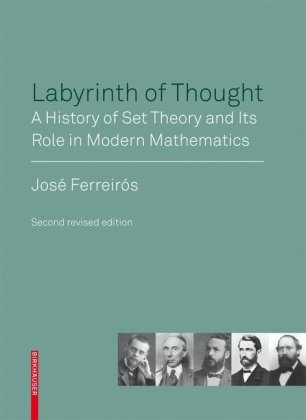
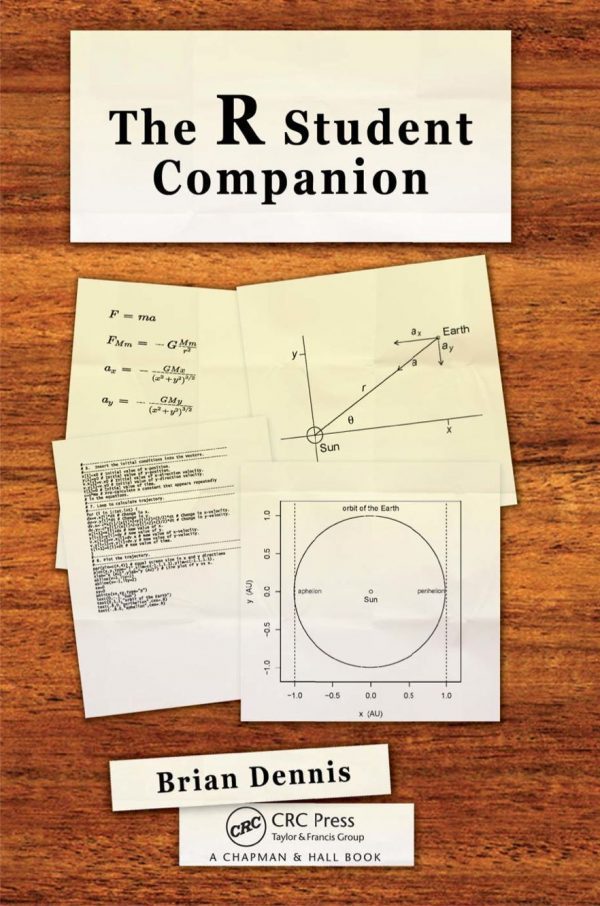
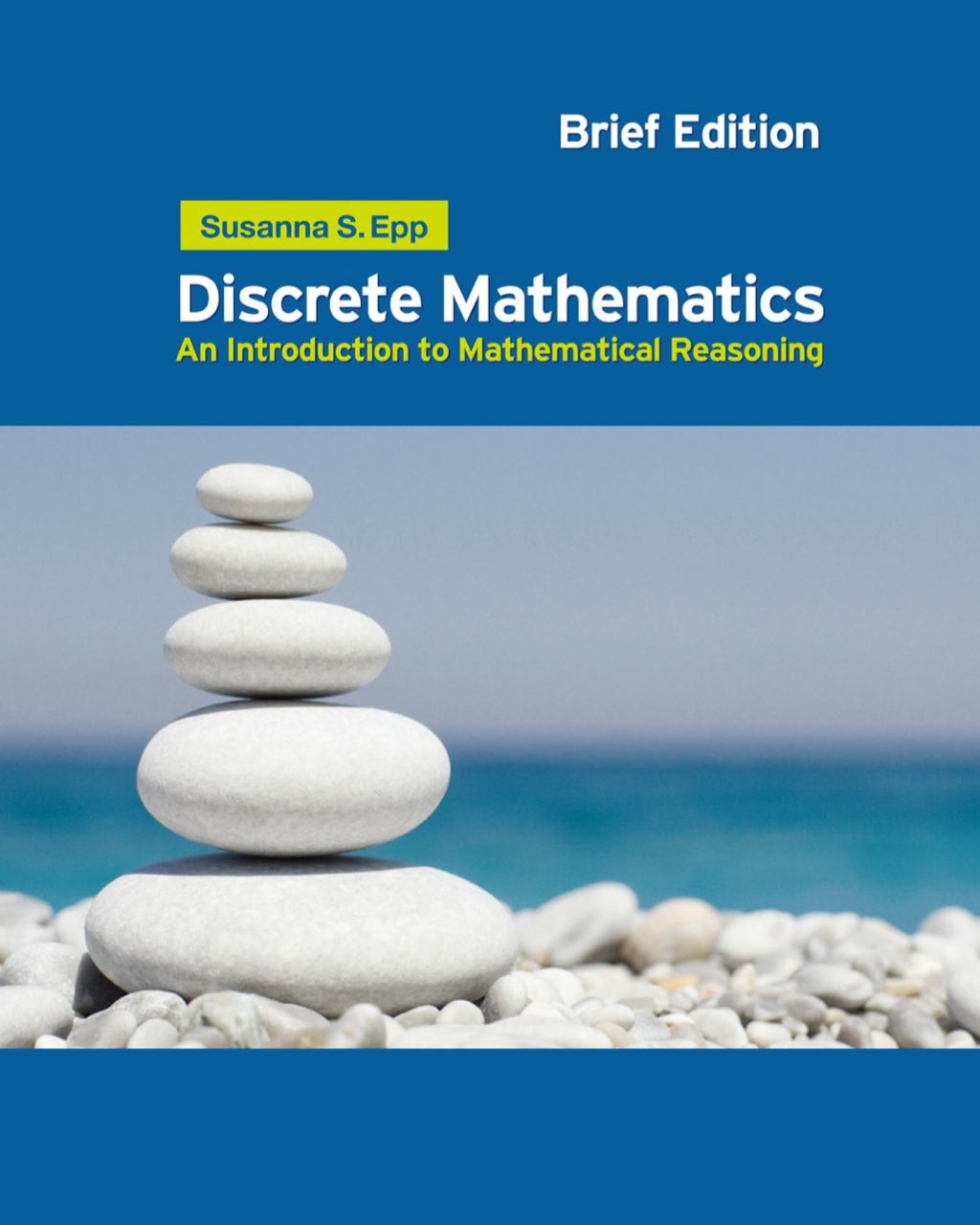
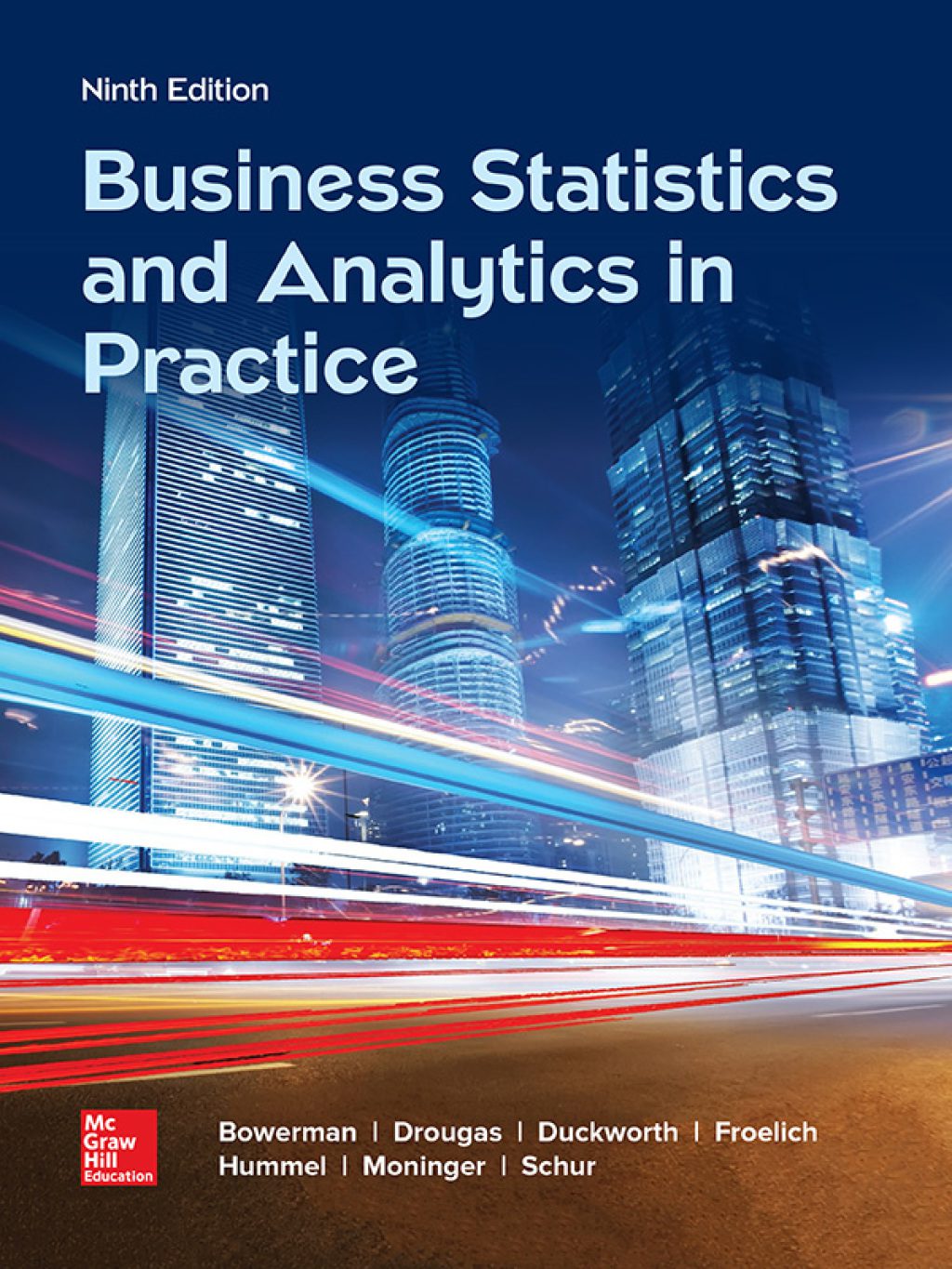
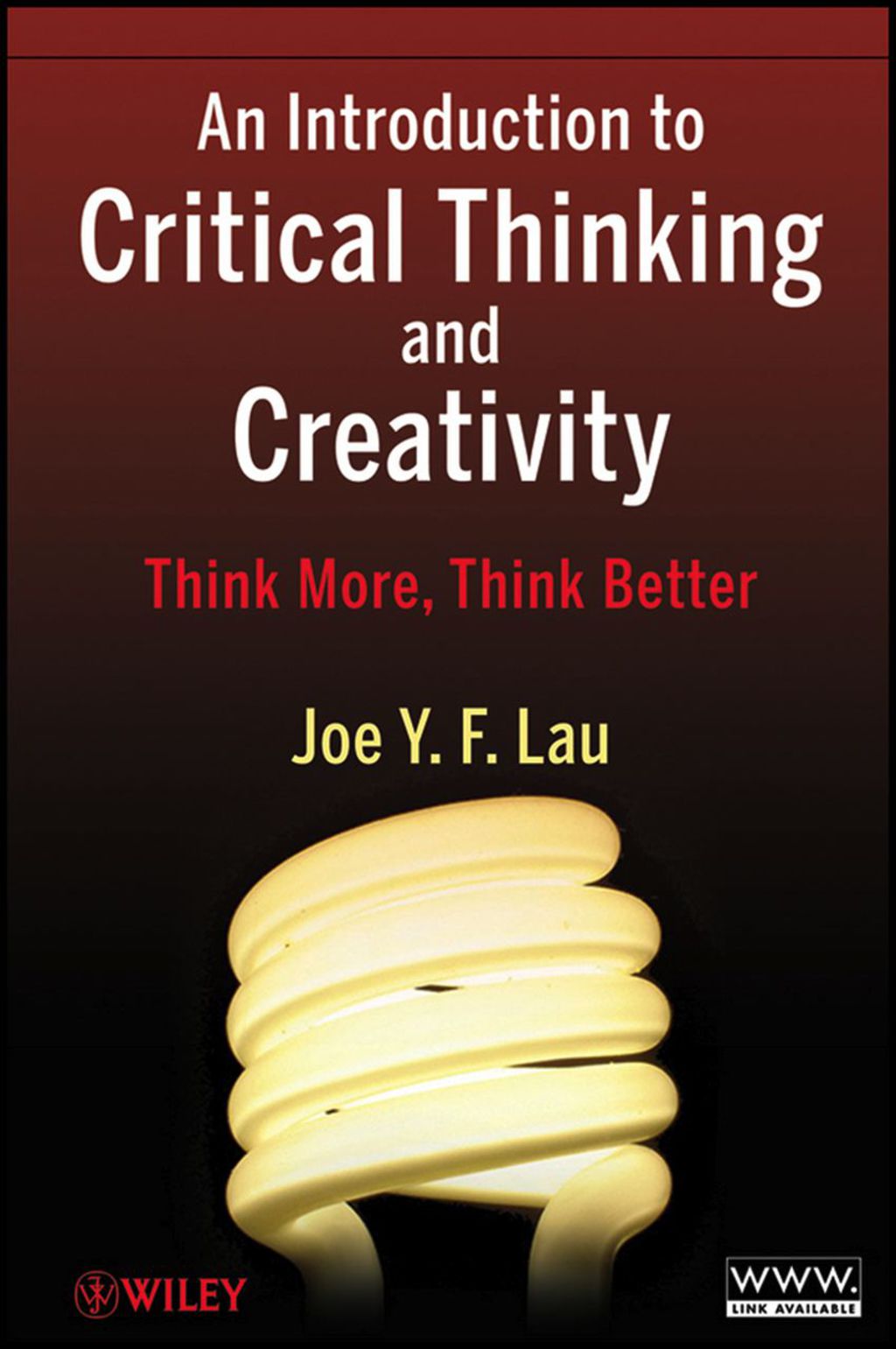

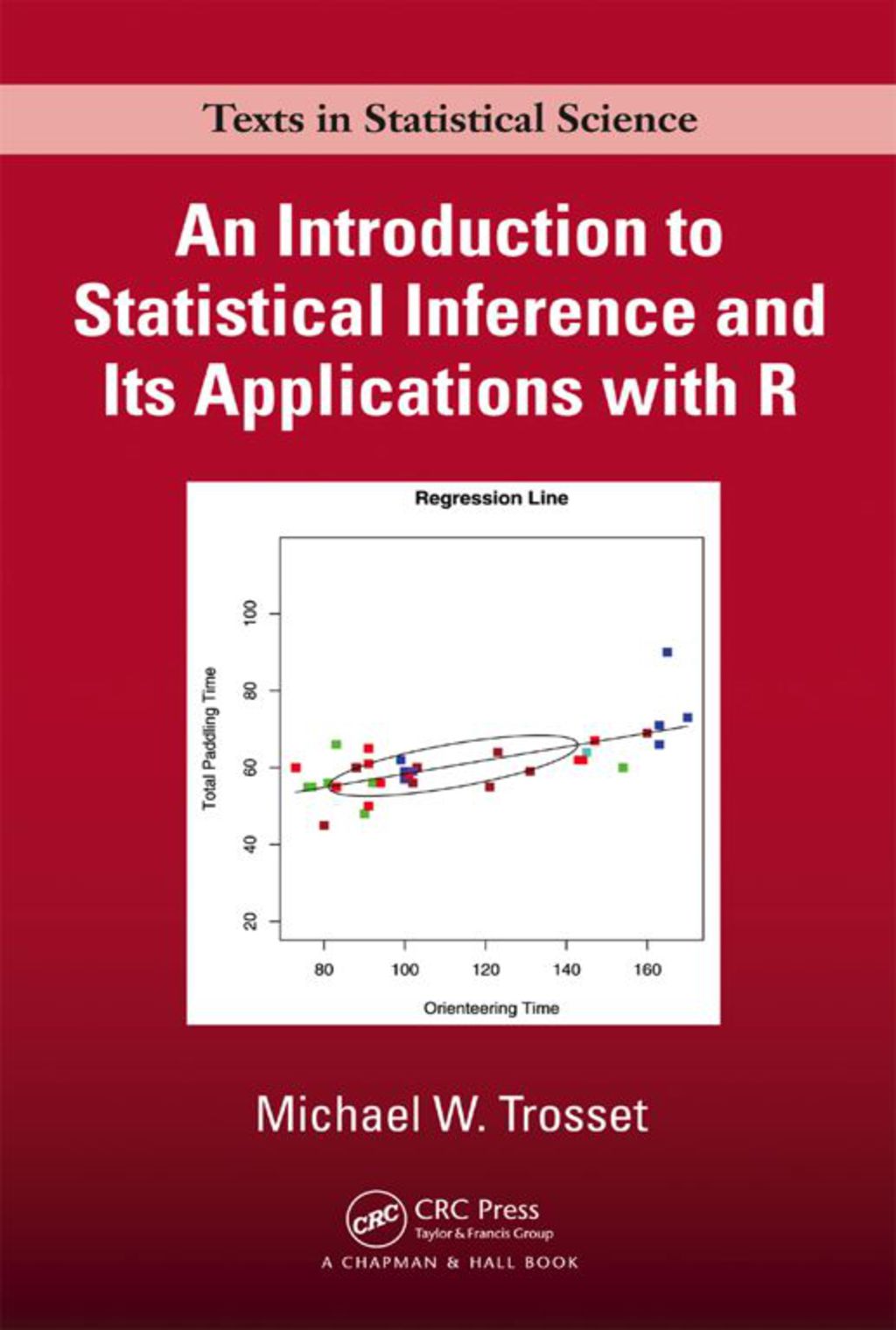
Reviews
There are no reviews yet.